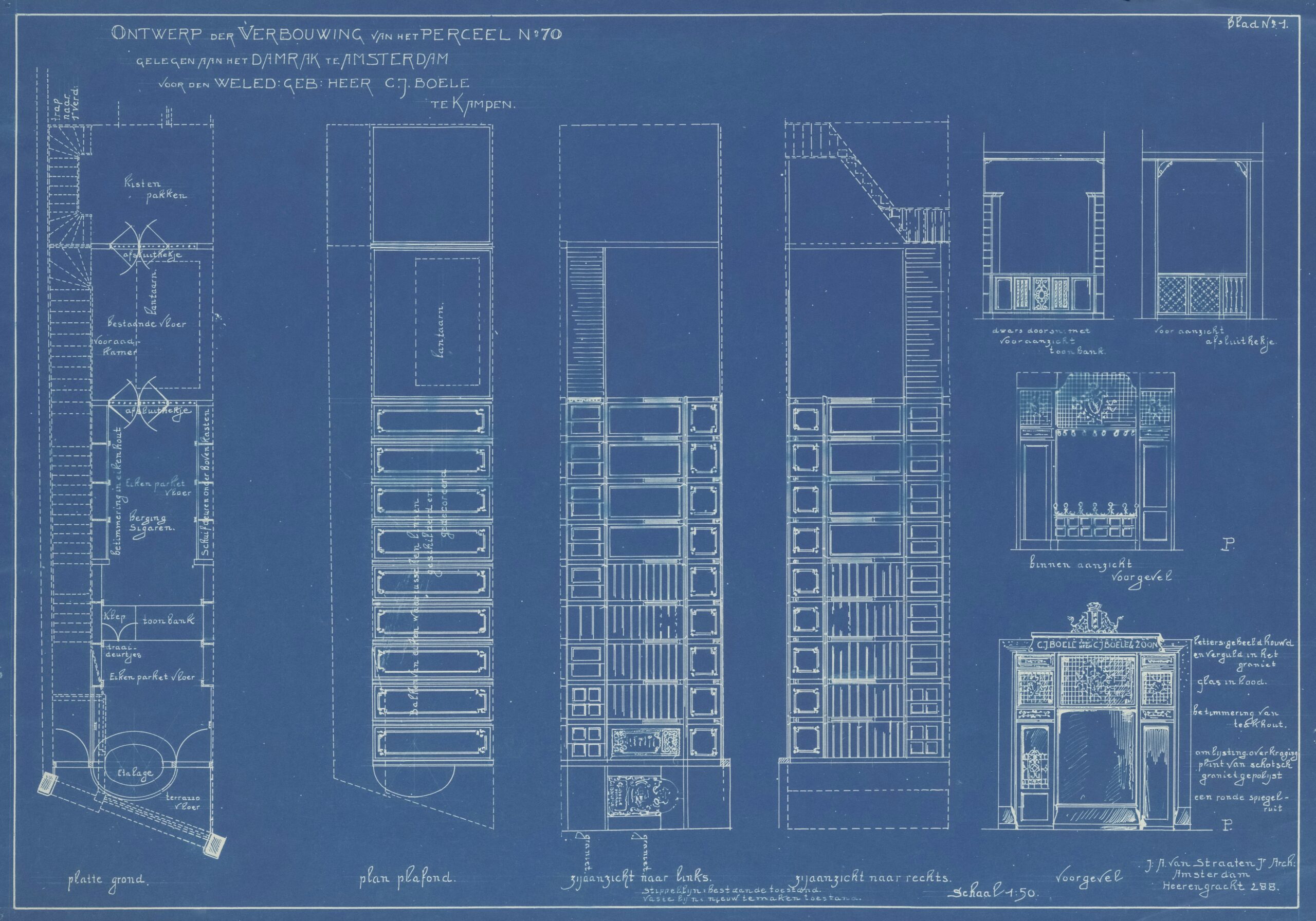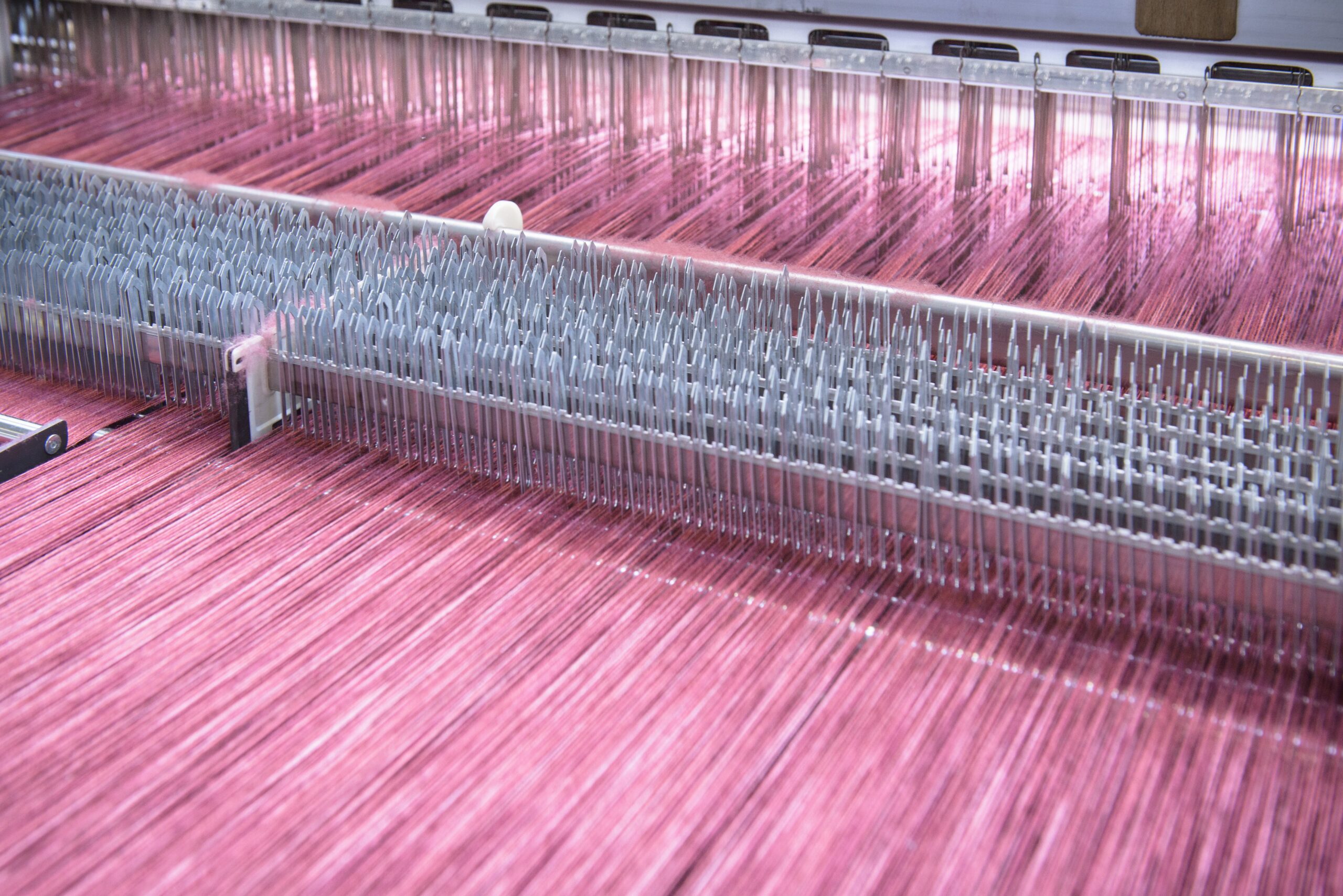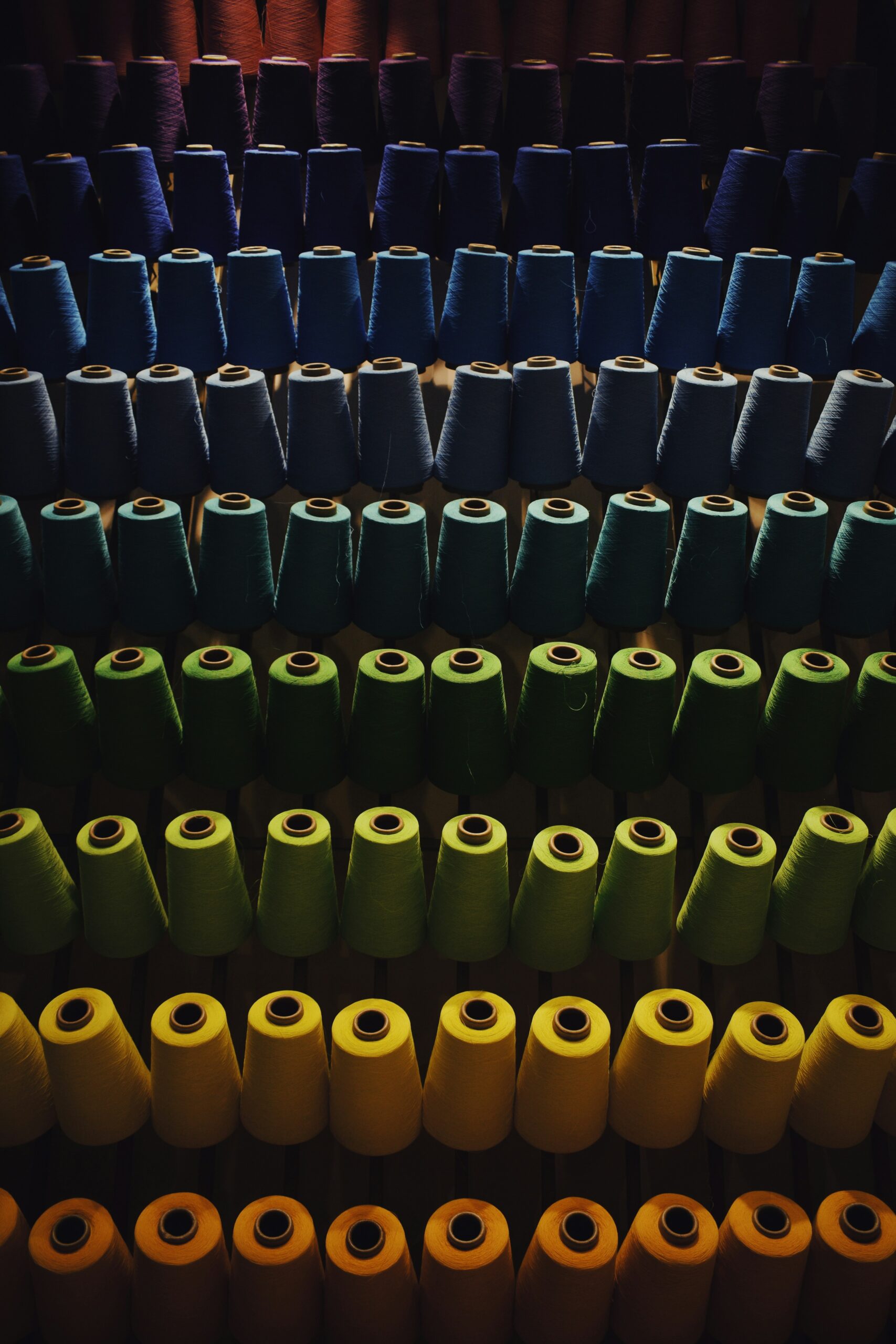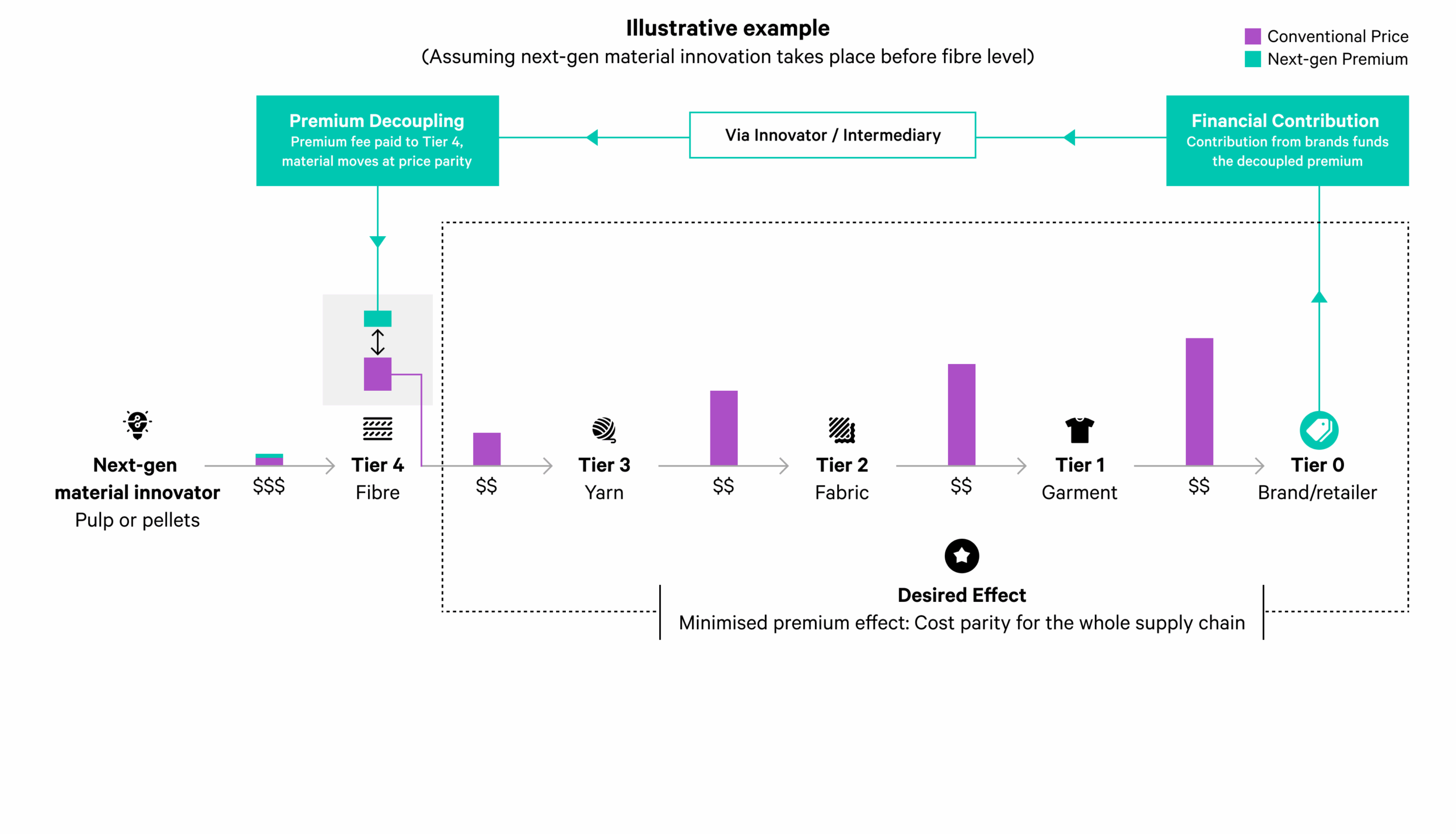
Price Parity Toolkit
The Price Parity Toolkit (PPT) was designed to help bridge the price gap between next-gen* and conventional materials. Developed by Fashion for Good with the support of Canopy, this industry-supported framework introduces a financing mechanism that decouples price premiums at early stages of the supply chain to enable adoption and drive the scale of lower-impact materials.
Problem Statement
The fashion industry needs urgent solutions to transition to lower-impact materials, but a major barrier for commercial scale adoption remains: price.
While next-gen materials hold environmental promise, most are still on their journey to scale and as such, have attached price premiums – which can be seen as transition costs – that make them more expensive than their conventional counterparts. In order to achieve commercial scale, these materials require investment, volume adoption and time.
Without intervention, the industry risks stagnation, and the adoption of next-gen materials is slowed by fragmented demand and compounding supply chain markups.
Price Parity Toolkit Mechanism
The Price Parity Toolkit (PPT) tackles the pricing hurdle by creating the operational guidelines needed to unlock scale through its core mechanism: premium decoupling.
What is the premium decoupling mechanism?
This financial mechanism separates the price premium of next-generation materials early in the supply chain, allowing the material to move through later tiers at the same price as conventional alternatives.
But the premium still exists – who pays for it?
Brands will assume this cost based on the volume of next-gen materials they source and fund directly at Tier 4. Furthermore, brands who are able to tap into internal dedicated funds (e.g., innovation budget), outside of sourcing budget, can have the benefit of undisturbed product and sourcing margins.
Why is this needed?
Without this mechanism, the premium cost could be passed through each tier of the value chain, compounding along the way. The decoupling mechanism aims to prevent this amplification, thus resulting in a total cost that’s lower than if the premium were carried through to the end product.
How it works
Key Outcomes
-
Reduced total cost of product
By decoupling the premium at an early stage, the product is expected to move through the supply chain at price parity. With the price premium amplification effect reduced or eliminated, the cost of the product as it reaches the brand is expected to be significantly lower or at cost parity with conventional. -
Product & sourcing teams margin targets not affected
Given the price parity of the product, brands can integrate next-gen materials without disrupting their sourcing processes from a financial perspective. The financial contribution toward the premium can be managed through separate internal budgets or specialised funds (e.g. innovation, sustainability, marketing). -
Potential for increased manufacturing optimisation
With the demand from brands due to the predicted effects of the premium decoupling mechanism (reduced costs and easier sourcing), manufacturers can optimise their processes for next-gen materials, further allowing reduction in premiums.
-
Accelerated trajectory to price parity
As demand increases and manufacturing adjusts across the value chain, scaling operations helps innovators improve efficiency and achieve economies of scale. Over time, this effect should reduce the financial contribution required from brands.
What will the Price Parity Toolkit entail?
This toolkit is comprised of two tools:
Tool 1: Premium decoupling mechanism (core tool)
Tool 2: Demand aggregation mechanism (optional auxiliary tool)
This toolkit will offer practical recommendations and case studies for innovators, brands, and suppliers to manage price premiums and coordinate market demand.
The toolkit will help answer three key questions:
-
1. How will the money flow – from where and to whom?
The PPT will outline how brands can pay the premium fee and how those funds can be managed, including guidance on payment timelines and invoicing structures. There are two main methods on how this can function:
- Via the innovator: Each brand pays the premium directly to the innovator, thereafter distributed between the innovator and respective downstream supply chain stage.
- Via an intermediary: A separate, intermediary entity collects premium fees from multiple brands and distributes them to the respective stage in the supply chain.
-
2. What are the legal and financial risks of price decoupling in today’s supply chains?
Because premium decoupling is not yet standard practice, the PPT will highlight key legal and financial considerations, such as:
- Customs and tax implications
- Contractual compliance
- Risk mitigation strategies
-
3. How can brands be sure their investment is applied to their materials?
Traceability is essential to the toolkit as it will support that tracking of material flows and verify that premium-linked volumes are sourced and used as intended.

TOOL 2: Demand Aggregation Mechanism
OPTIONAL AUXILARY TOOL
The toolkit will also offer recommendations for aggregation of material volumes across multiple brands, while restraining variables in product specifications to allow for streamlined manufacturing.
This combined approach minimises operational disruption, helping the supply chain accelerate process optimisation. Although the premium decoupling mechanism (Tool 1) can operate independently of demand aggregation, its impact is significantly amplified when used in tandem with Tool 2 (demand aggregation mechanism), driving greater impact toward achieving price parity.
See how the demand aggregation mechanism has been separately put in action through our Fiber Club initiative.

In the full launch of the Price Parity Toolkit, we will provide practical solutions to help structure premium payments, ensure legal compliance, and confirm the link between investments and material use.
If you are an innovator, brand, a supply chain organisation or if you’d like to contribute with your ideas or expertise:
Ecosystem Partners
* Next-gen materials are innovative materials with desired improved environmental outcomes aiming to solve complex sustainability and circularity challenges faced by the industry. For a full definition, please check our Executive Guide report.
Relevant Resources

Future Forward Factories
The “Future Forward Factories” project, initiated by Fashion for Good, focuses on transforming tier 2 processing in the textile industry through innovative low-impact, decarbonisation solutions. It aims to generate actionable blueprints for factories of the future that combine renewable energy and technology upgradation including mostly dry processing innovations. These blueprints take into account the macro geographical factors that are customised for every product to achieve next-zero facilities with a strong return on investment.

Fiber Club
Fashion for Good’s Fiber Club unites brands and innovators to fast-track the use of sustainable materials in the fashion sector. These partnerships offer brands early access to cutting-edge fibres, ensuring beneficial supply agreements and easier incorporation into their supply chains. Fiber Club aims to not only shift the cost structure but to help align brands in a very fragmented and competitive industry.

Unlocking the Trillion-Dollar Fashion Decarbonisation Opportunity
The fashion industry is at a pivotal moment in its journey toward sustainability. With greenhouse gas emissions contributing significantly to global climate change, urgent action is needed to decarbonise supply chains. This report, developed by Fashion for Good in collaboration with the Apparel Impact Institute, outlines existing and innovative solutions to reduce emissions, unlock financing opportunities, and create a pathway to net zero by 2050. Through deep industry insights and financial analysis, this report serves as a guide for brands, manufacturers, policymakers, and investors committed to driving meaningful change.

Financing the Transformation in the Fashion Industry: Unlocking Investment to Scale Innovation
The fashion industry is at a critical juncture. With sustainability commitments and innovation accelerating, the challenge remains in scaling breakthrough solutions. This report, developed by Fashion for Good in collaboration with Boston Consulting Group, delves into the financial mechanisms needed to drive transformation and bring innovative solutions to commercial scale. By addressing key investment barriers and highlighting actionable pathways, this report serves as a call to action for stakeholders across the value chain to collaborate and unlock capital for meaningful impact.

The Great Unlock: closing the innovation commercialisation gap through project finance solutions
The fashion industry stands at a crucial juncture, with innovation paving the way for a more sustainable future. Over the past decade, we have witnessed significant strides in brand commitments, regulatory frameworks, and technological advancements. However, despite these positive trends, scaling these innovations remains a formidable challenge. “The Great Unlock” explores the essential role of project finance as a key enabler in bridging the commercialisation gap, ensuring that groundbreaking solutions can transition from concept to industry-wide implementation.
Other Projects

The Next Stride: Bio-based Materials for Footwear Soles
“The Next Stride: Bio-based Materials for Footwear Soles” aims to validate the performance and environmental impact of bio-based polymers as sustainable alternatives to the fossil fuel-derived materials currently used in footwear soles. The objective is to collectively de-risk the transition to these “next-generation” materials by rigorously testing their technical properties and assessing environmental benefits. Ultimately, the purpose is to accelerate the adoption of these bio-based solutions and pave the way for a more sustainable footwear industry.

Beyond50 Denim: Combining Cottonised Hemp And Green Chemistry
“Beyond50 Denim: Combining Cottonised Hemp And Green Chemistry” aims to validate the performance and environmental impact of cottonised hemp processed with green chemistry to act as a true alternative to cotton in denim applications. The project goal is to evaluate the performance of SEFF’s cottonised hemp fibre in combination with Fibre52’s bio-friendly chemistry solution within denim fabric applications with a total hemp content of 50% and above. The fabrics will be benchmarked against conventional 100% cotton denim with a specific focus on handfeel and aesthetic characteristics.

Fiber Club
Fashion for Good’s Fiber Club unites brands and innovators to fast-track the use of sustainable materials in the fashion sector. These partnerships offer brands early access to cutting-edge fibres, ensuring beneficial supply agreements and easier incorporation into their supply chains. Fiber Club aims to not only shift the cost structure but to help align brands in a very fragmented and competitive industry.




